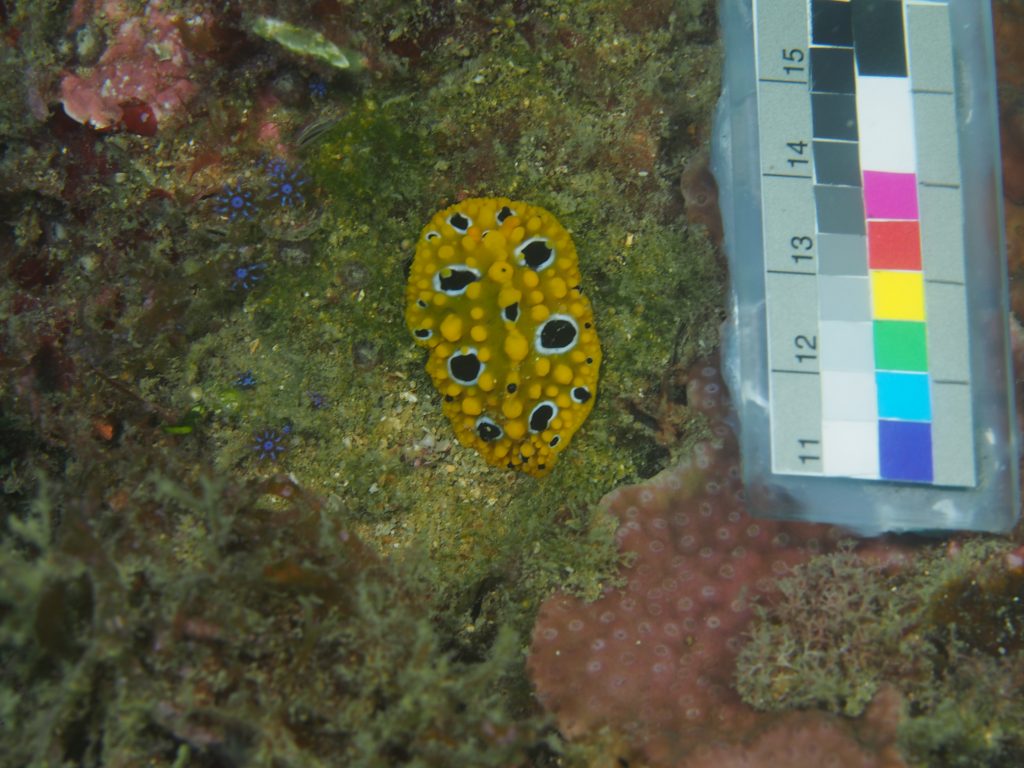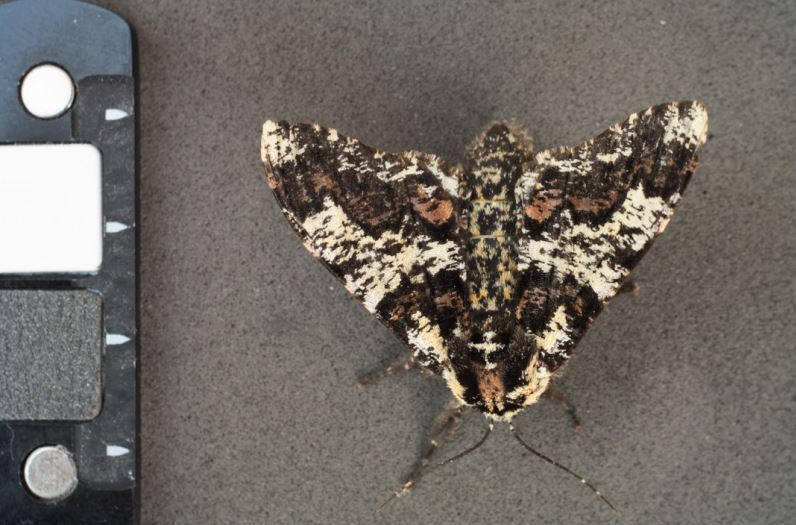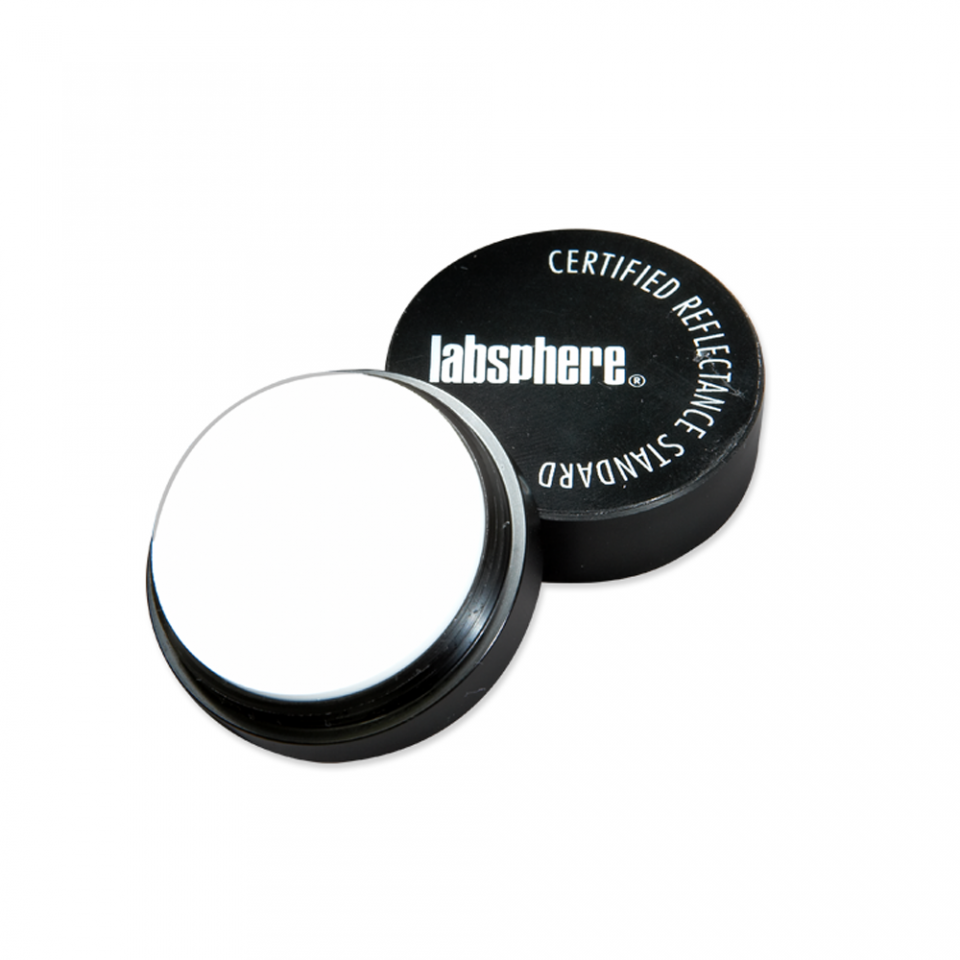Colour and grey standards are diverse and should be fitted to their purpose. As they fundamentally define the quality of the image data they deserve careful attention prior to image acquisition. There is a range of commercially available colour standards (e.g. the Macbeth Colour Checker) and many of these perform perfectly well under specific conditions (often designed for indoors or nice weather). However, they often might not possess the properties needed by a visual ecologist seeking to take calibrated imagery in the field. This includes: The right size, weather & water proof, kinds of colours & greys, size scale, etc…


A Resin Cast Solution:
The resin cast colour standard depicted above is essentially a miniaturised ‘Kodak Colour Separation Guide’ as shown below. It has very pretty reflection spectra (e.g. perfectly flat greys, nice step functions for the red etc…). However, it does not reflect UV which would be a reason not to use this colour standard if you intend to do UV photography. Also, it is slightly glossy which is a property best avoided, although acceptable if known and used accordingly. And, it’s cheap. A LOT cheaper than spectralon standards.

A selection of 12 grey and 10 colours was made of which each a 5x5mm square was cut and glued onto waterpoof paper. The grey of the standard provides a nice base for the size standard. Having multiple greys is a nice way of controlling for optimal exposure in an image while having multiple grey standards aids to linearise the images in MICA if lighting conditions are not perfect (e.g. hazy). Having colour tiles is not necessary but it allows to quickly judge how the visual modelling transforms the images.
The miniaturised colour standard was cast into optically clear resin hardened under vacuum to avoid air bubbles. The resin was then sanded back until only a hint of resin remained in front of the colour tiles. The resin was finished with a matte polish that reduces specular reflection. Lead weights were attached to the back of the standard using silicon and shape fitted fishing weights. This helps to keep the standard in place and make it nicely negatively buyoant. A dive clip and string were attached to a hole drilled into the standard to allow for easy attachement to the camera rig when not used.
Positive:
– Great selection of colours and greys for little money
– Can easily be cleaned and sanded down
– 100% Waterproof
– Great to stay in place in rough conditions and on uneven surfaces
Negative:
– Resin suffers from degradation by UV and saltwater.
– Fairly sensitive to specular reflection. Not lambertian.
– No UV reflection
The Spectralon Solution:
Spectralon is essentially a foamed version of PTFE (polytetrafluorethylene or teflon). While this makes the material extremely susceptible to scratching and dents, it also makes it near-perfectly lambertian (e.g. it has the same reflectance no matter the viewing angle). And spectralon is expensive. However, it can be purchased in various grey levels and shapes and cut into shape as per the second standard depicted above. Spectralon does not have lambertian properties underwater (caused by the thin layer of air between the material and the water). However, this effect is expected to be reduced at greater depths where water pressure forces that air layer deeper into the material.

Positive:
– Best reflective properties. Lambertian in air, near lambertian underwater.
– Can easily be cleaned
– UV reflective down to 250nm
Negative:
– Spectralon is very expensive
Alternative approaches:
Colour and grey standards can be made of a variety of other materials. Essentially, you could take a piece of wood, spray paint it with matte greys and take a picture with a calibrated camera to determine the % response of your R, G and B against a known grey standard using MICA. It would work. However, few materials other than the ones shown above have the durability and the visual properties of the solutions described above. A list of alternative materials that can be (And have been) used as colour and grey standards:
– Barium Sulfate
– Aluminium
– Aluminium + Magnesium Fluoride
– Chalk
– Paint
– Thread seal tape
Desirable properties are:
– Broad reflection spectrum
– Little or no specular reflection
– For greys: An even (flat) reflectance spectrum
